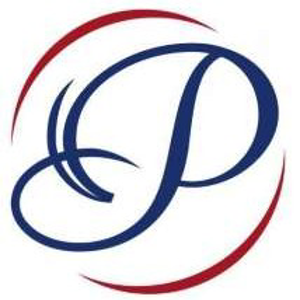@Yeshan Santhush Indiketiya Hewage - Thanks for the question and using MS Q&A platform.
It seems like you are trying to create a custom entity to represent Fabric Lakehouse table in Microsoft Purview. While Purview scan doesn't support the scanning of Fabric Lakehouse tables.
According to the official documentation: How to get lineage from Microsoft Fabric items into Microsoft Purview
Currently for all Fabric items besides Power BI, only item level metadata and lineage will be scanned. Scanning metadata and lineage of sub level items like Lakehouse tables or files isn't yet supported.
You can create a custom type using the Purview REST API.
To set up columns within the custom entity, you can use the following steps:
- First, create a custom type using the Purview REST API. You can use the following API endpoint to create a custom type:
In the request body, you can specify the name and description of the custom type. For example:POST https://account-name.catalog.purview.azure.com/api/atlas/v2/types{ "name": "MyCustomType", "description": "Custom type for Fabric Lakehouse table" } - Once you have created the custom type, you can create a custom entity using the following API endpoint:
In the request body, you can specify the details of the custom entity, including the name, description, and type of the entity. For example:POST https://account-name.catalog.purview.azure.com/api/atlas/v2/entity/bulk{ "entities": [ { "typeName": "MyCustomType", "attributes": { "qualifiedName": "mycustomentity@account-name", "name": "MyCustomEntity", "description": "Custom entity for Fabric Lakehouse table" } } ] } - To add columns to the custom entity, you can use the following API endpoint:
In the request body, you can specify the details of the column, including the name, description, and data type. For example:POST https://account-name.catalog.purview.azure.com//api/atlas/v2/entity/entity-guid/attributes
You can repeat this step to add more columns to the custom entity.{ "typeName": "string", "values": [ "Column1" ], "name": "Column1", "description": "Column 1 of Fabric Lakehouse table" }
For more details, refer to How to create custom entity in Azure purview?.
Hope this helps. Do let us know if you any further queries.
If this answers your query, do click Accept Answer and Yes for was this answer helpful. And, if you have any further query do let us know.
